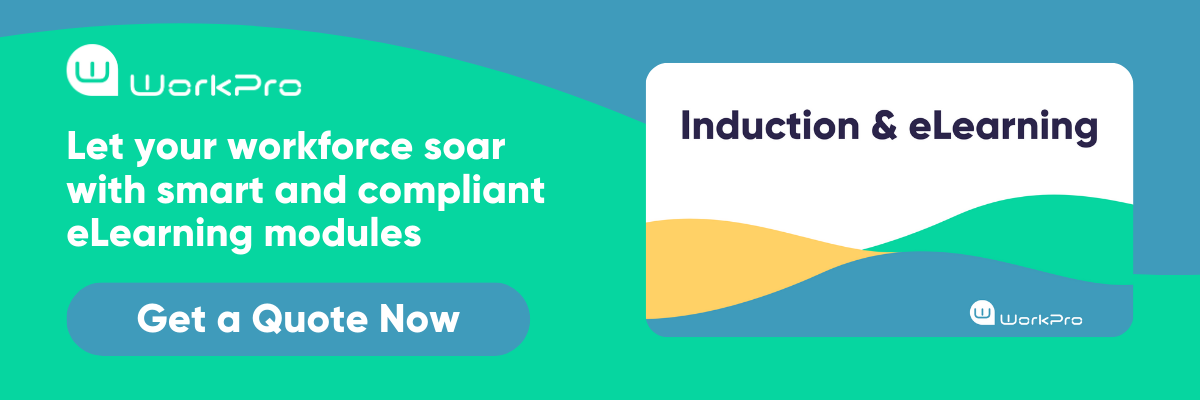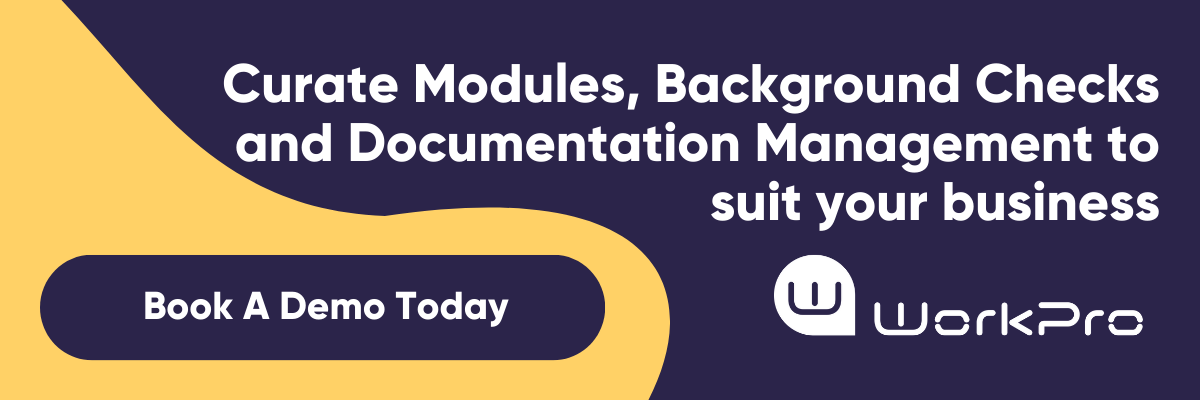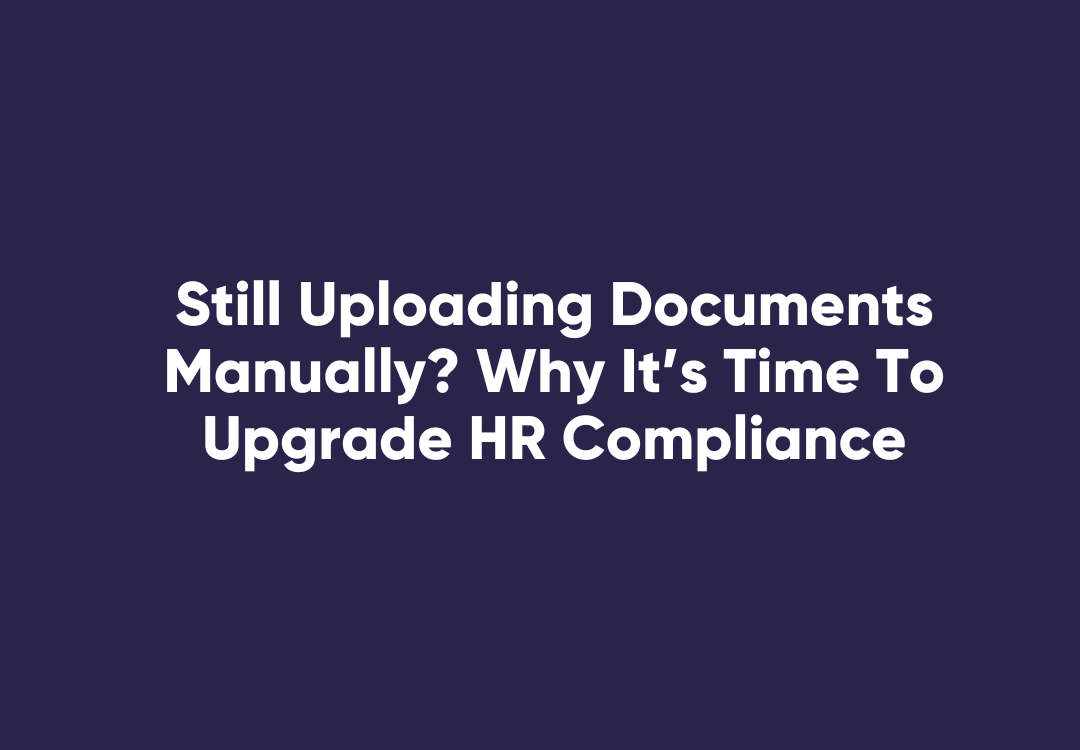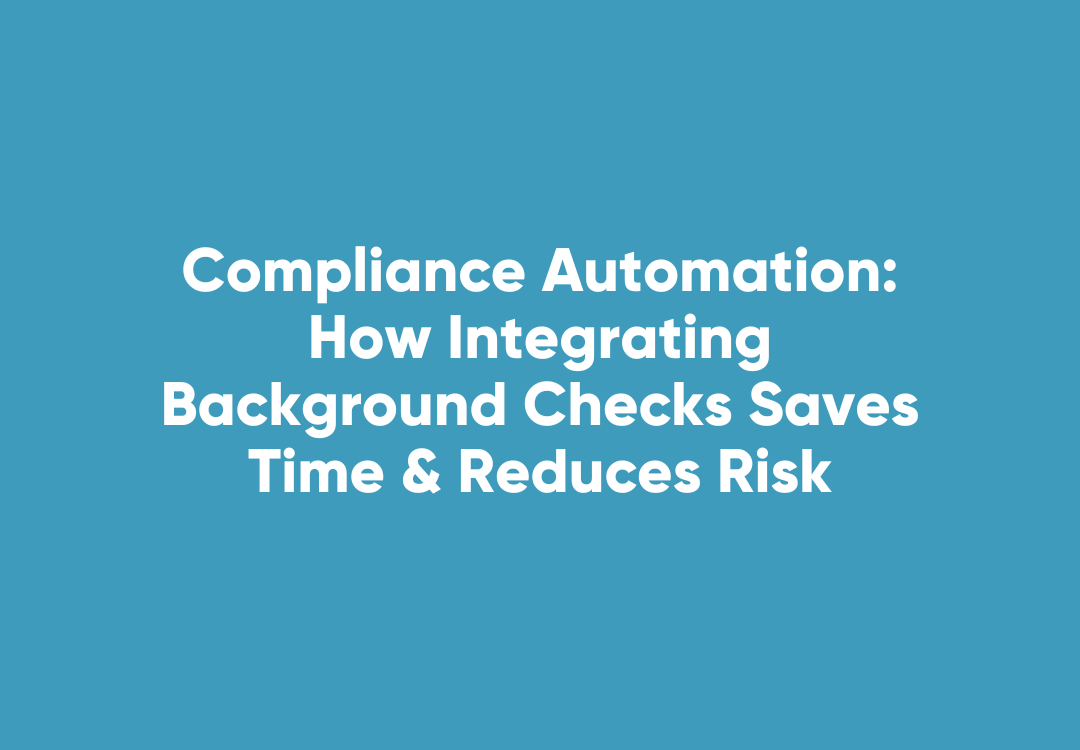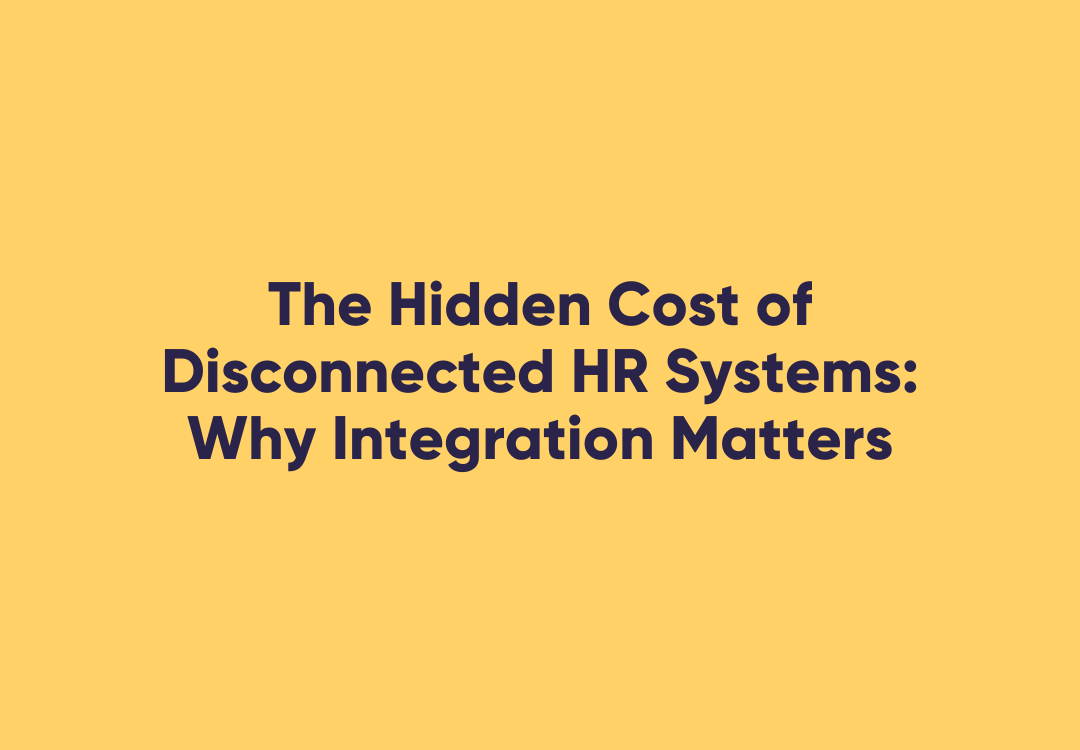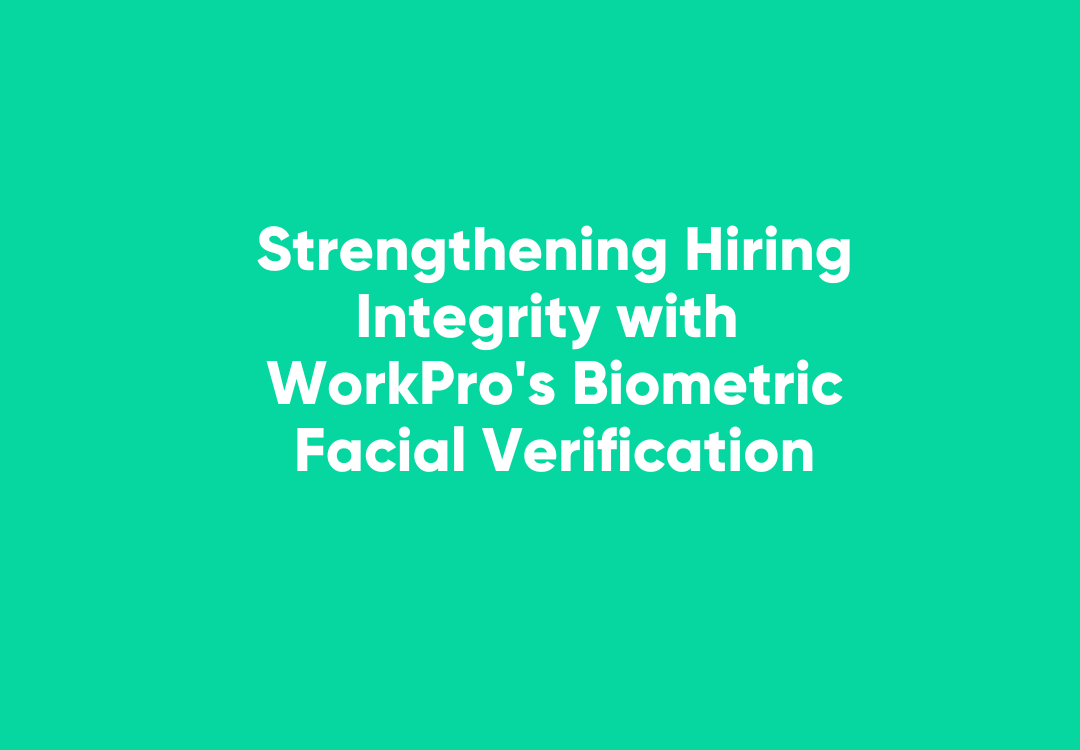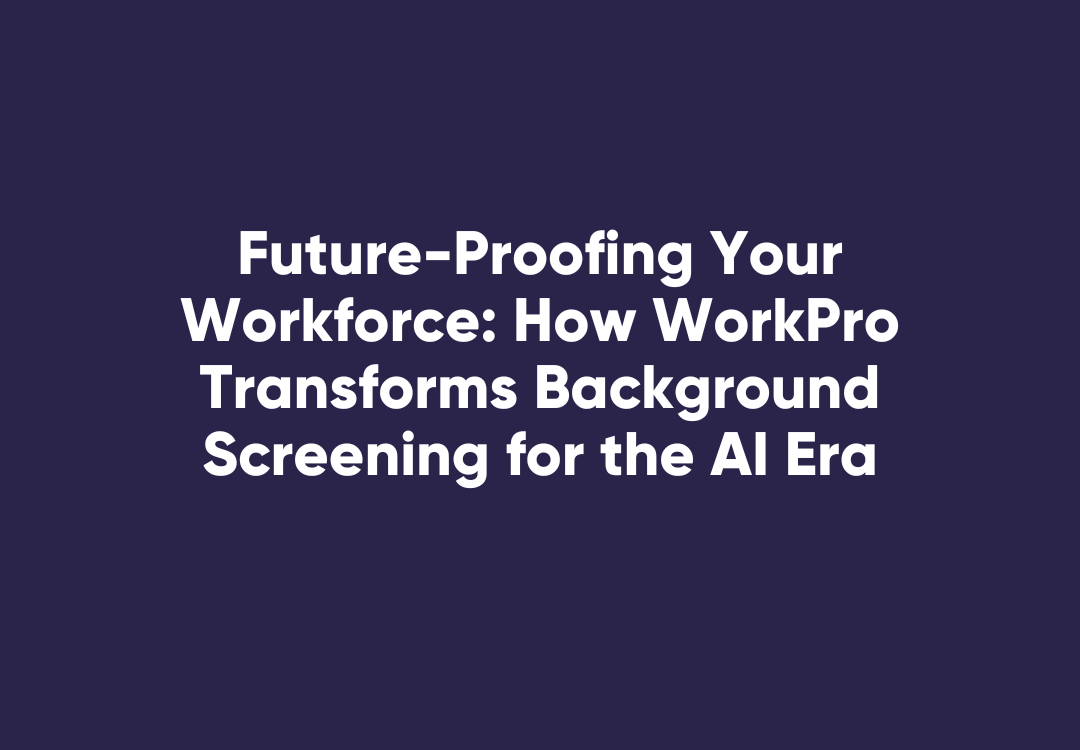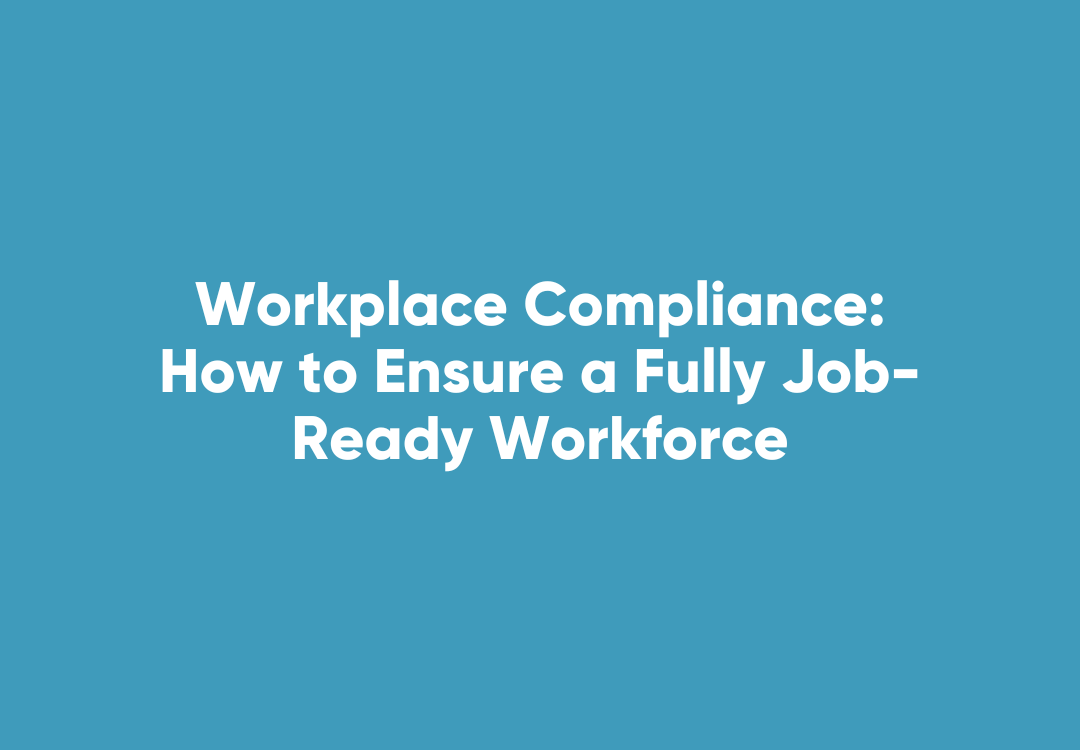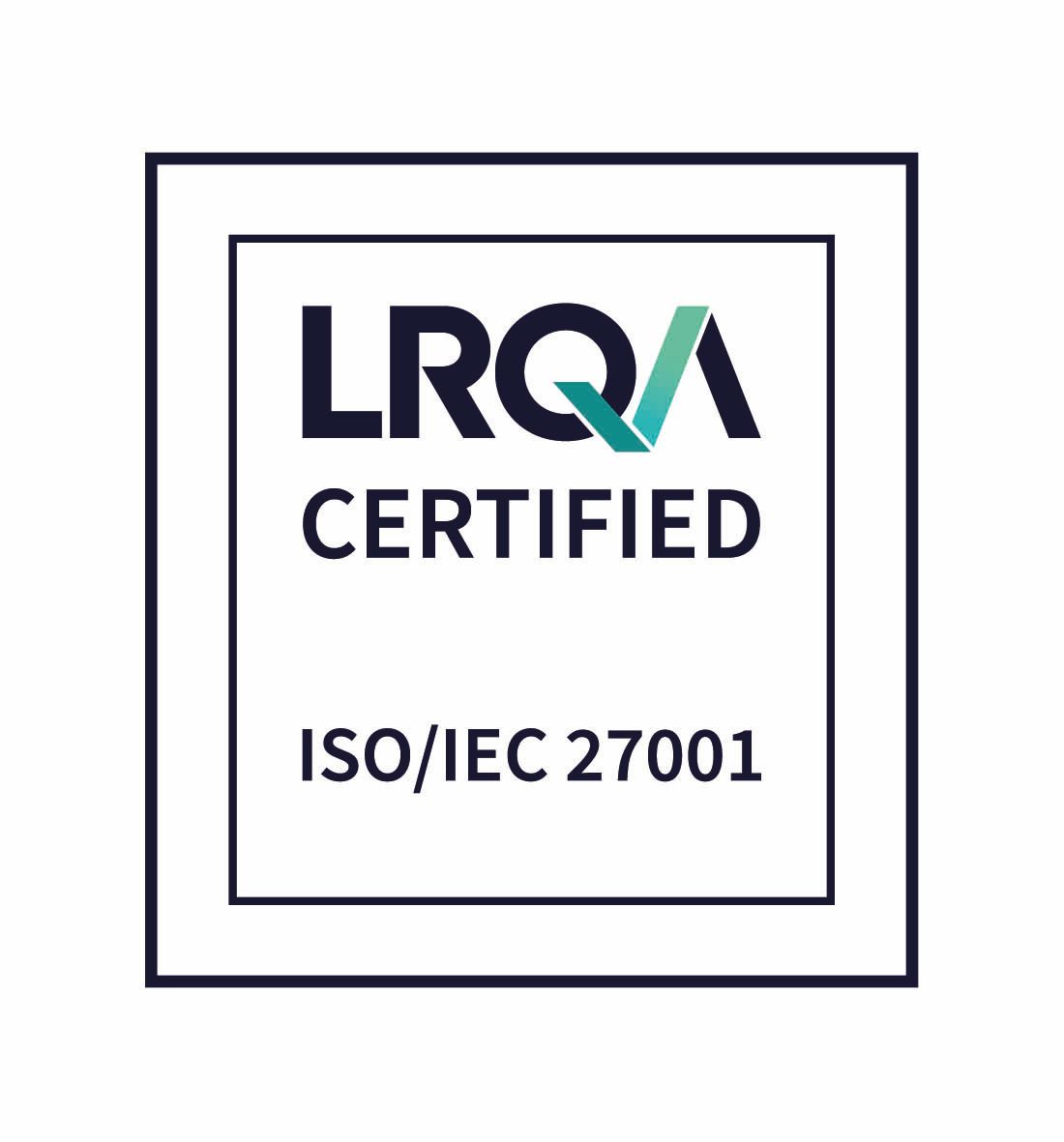How To Build A Successful Workplace Induction For Your Company
There’s no one size fits all approach to business, and the safety induction you provide to new employees is no different.
A safety induction should be designed to prepare employees for their new role, and keep them informed about the inherent risks and hazards of their role and working environment. This is essential to mitigate the risk of injury.
Often, an induction is one of the first interactions an employee will have with the business post-hiring process, so it is also a starting point to introduce them to the culture of the business and get them in to the safety zone.
Each industry and work environment has its own criteria that it must consider when designing a safety induction.
Why Are Inductions So Important?
Providing a consistent and practical safety induction to your workforce means that they will be able to understand how to work safely. This is crucial, as it not only allows them to look after their own safety, but the safety of others while at work.
It’s important not to assume that just because your new worker has been doing the same/similar role at another workplace, or the same industry, that they will have the information and skills to perform the role safely. Ideally, a safety induction is also regularly refreshed, so that it stays relevant to changing safety standards and legislation and becomes second nature.
When Is The Best Time To Perform A Safety Induction?
A safety induction should be completed when a worker first begins, as it is a conversation that should be setting the scene for them to complete their role effectively. Trying to complete a safety induction once the worker has settled into the role creates a lot of problems, as if they are not practicing safety, they may take any discussion around it as an affront.
Not practicing safety from the get-go can affect your business, other workers, and the worker themselves. There should be an understanding that regular safety discussions will be held. A safety induction lays the groundwork for further safety concepts to be introduced as their career progresses and sets a clear expectation. We’ve taken the liberty of providing some practical examples that you can apply immediately.
Retail
A retail safety induction should cover every aspect of the retail experience, from providing great customer service, to how to deal with hazards in the workplace. This is particularly important in the retail industry due to the high turnover of staff, as well as the increased hiring period that occurs around the festive season. There are over 10,000 serious injuries in the retail sector annually, so it’s important to make sure it’s a focus of your business.
WorkPro has put together a retail module that should form an integral part of your safety induction. Each aspect allows the worker to understand and fulfill their role from day one, as well as being equipped for any situation. They also help reduce injury in the workplace.
Hospitality
The hospitality industry has a range of WorkPro modules designed by subject matter experts, targeted at multiple roles within the industry. Whether you are hiring people to provide general hospitality service, handle food or manage events, WorkPro has you covered.
There are over 750,000 Australians working in the hospitality sector, so it is crucial to ensure every worker’s safety. Mixing and matching these modules allows you to provide the right level of training to your workers, no matter what they are currently doing for your business or will be doing in the future.
Transport & Logistics
The transport industry offers many different roles within the supply chain. In order to meet the different demands that your business may have when it comes to inducting new workers. WorkPro offers a range of modules to allow you to customise your safety learning inductions, including a general transport safety module, container safety modules, forklift safety modules and a handling dangerous goods module.
Each module allows you to tailor your safety induction based on the role the new worker is performing, as well as cross-training workers to further their role. Modules aren’t the only key part of a worker induction. You need to consider background checks, and the evidence of licences or accreditations depending on the person’s role and industry as part of an induction in order to mitigate risk in your business.
Background checks are important for revealing any undisclosed information needed to make informed workforce decisions. Common background checks include Police, Reference and Work Rights Checks.
With a vast module library of 50+ practical eLearning modules, all the essential background checks, and the ability to collect licences, tickets and documents, as well as monitor their currency and expiry dates all within one platform. WorkPro is the streamlined compliance solution that you need to cover your compliance bases.


